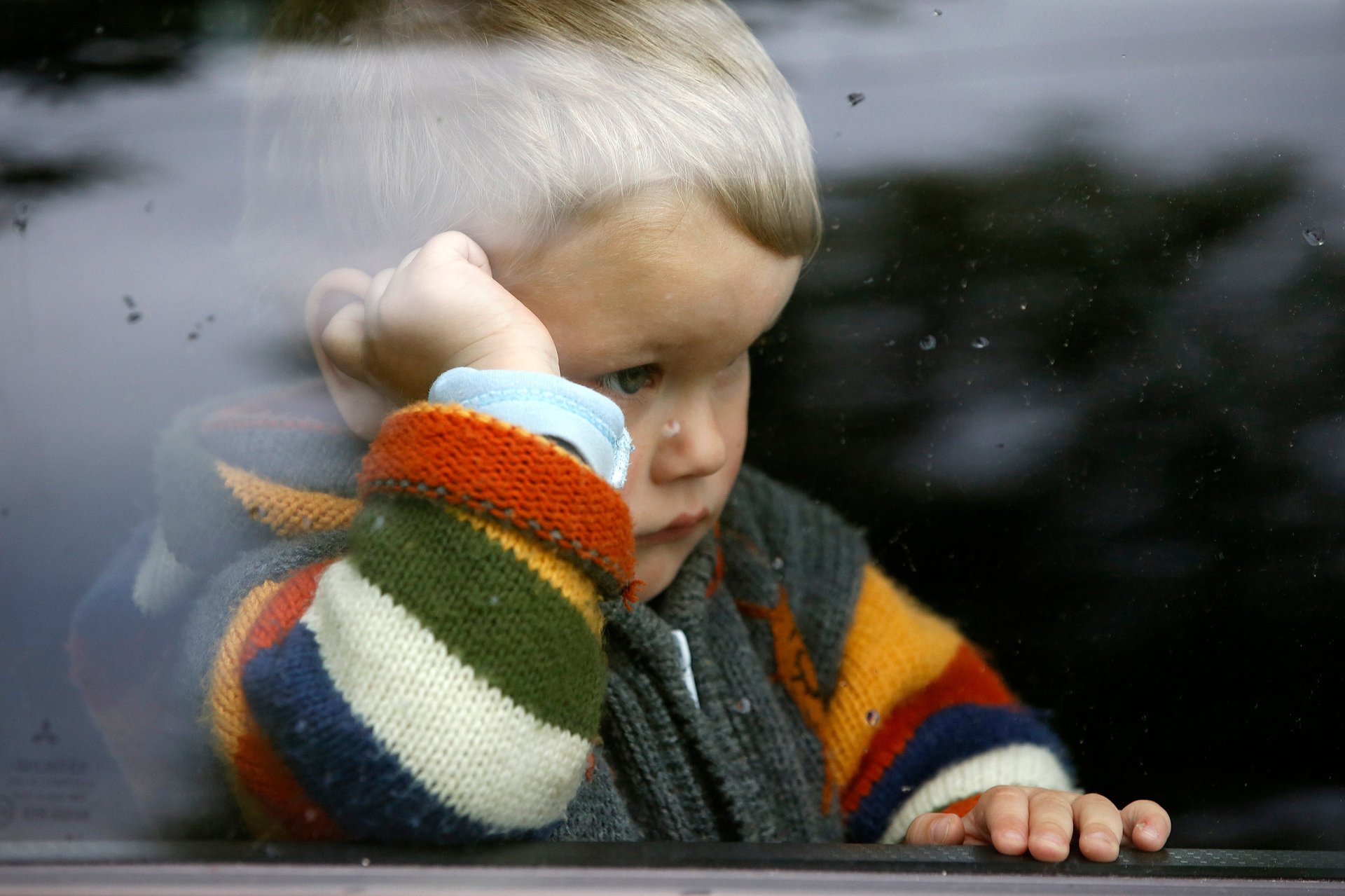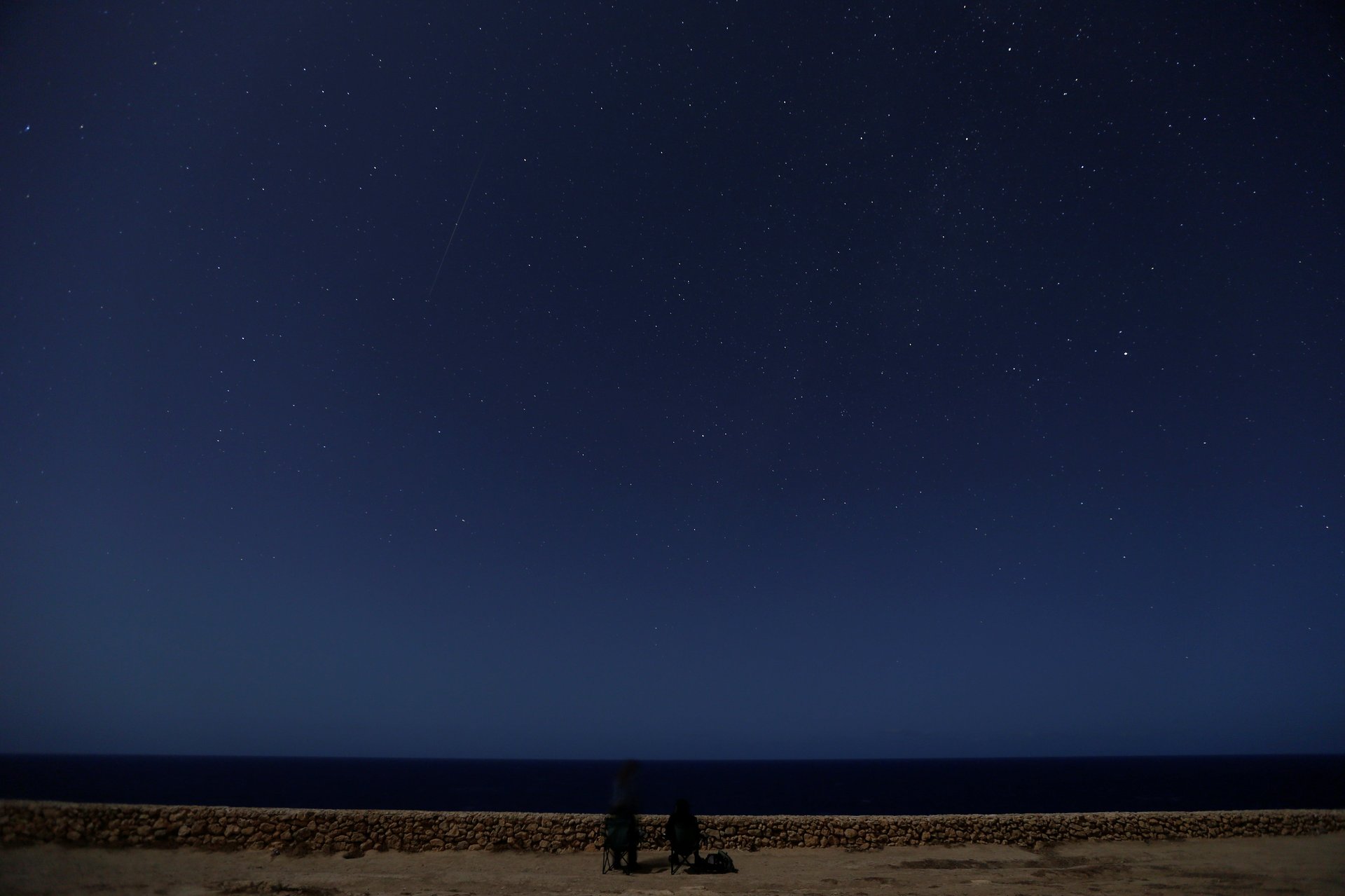Quartzy: The fruitful monotony edition
Happy Friday!

Happy Friday!
It’s me, Ephrat Livni, Quartz writer and dullard, here to bore you to tears. Oh, stop yawning! You may long to be entertained, but your brain benefits from periods of tediousness. And in our cursedly exciting times, the stultifying is having a moment. No one is more here for it than me.
Take fashion, where beige remains the new black. While orange, hot pink, and pistachio found their place on the runways this year, fashion-lovers went gaga over Hedi Slimane’s fall collection for Celine, made up of bourgeois, classic separates in neutrals. It was a determinedly boring collection, and decidedly welcome.

This sartorial change of pace reflects a wider trend in how the people of postmodernity are starting to think about boring things. The pivot to dullness on the runway, in literature, and beyond is arguably positive because philosophers, scientists, and sociologists say technology is leaving us overstimulated.
We always have our faces in screens, even (or especially) during the in-between moments of ever-busier lives. Commuting or waiting in line, we’re still ingesting stuff: podcasts, news, messages, movies, videos, comics, shopping, pornography, games, social media. All that relentless input is hurting our creativity and it’s not necessarily making us more informed. It’s also lowering our threshold for being healthily bored.

For children, learning how to work through boredom is an important developmental milestone. Teresa Bolton, a child psychologist in the UK who specializes in the connection between boredom and imagination, believes kids need tedium to help them develop “internal stimulus” that leads to creativity.
It turns out that this “fruitful monotony,” as 20th century philosopher Bertrand Russell put it, is a necessary element of a healthy existence for kids and adults, a kind of cognitive antidote to information overload. Boredom is an important adaptive function and can be good for us.

In March, three studies by management professors out of Australian National University looked at boredom’s effects on idea generation, negative emotions, and response to dull stimuli. They found that bored subjects, forced to sort a bowl of beans by color before being asked to solve a problem, came up with more creative ideas without added bad feelings.
But the researchers noted that only subjects “with a high learning goal orientation, high need for cognition, high openness to experience, and high internal locus of control showed a significant increase in creativity when feeling bored.” Moral of this boring story? The people who are least inclined to experiencing boredom also benefit the most from tedium, while those who haven’t learned to love monotony are also not getting the most from dull moments.

Some have said there are no boring things, only people who failed to take an interest. In the words of Johnny, the intellectual rebel in the 1993 black comedy Naked. “I’m never bored. That’s the trouble with everybody, you’re all so bored! You’ve had nature explained to you and you’re bored with it. You’ve had the living body explained to you and you’re bored with it. You’ve had the universe explained to you and you’re bored with it. So now you just want cheap thrills and like plenty of them and it doesn’t matter how tawdry or vacuous they are as long as it’s new, as long as it’s new, as long as it flashes and fucking bleeps in 40 different fucking colors.”
Numerous artists and writers have expressed their love of the monotonous, including pop art god Andy Warhol, whose works focused on repetition, continually serving up the same boring image in different colors until it became interesting for the details each yielded. Today, American poet Kenneth Goldsmith believes that there is already far too much being written, and refrains from adding more things to a cluttered world. Instead, Goldsmith revels in being “the most boring writer that ever lived.” He says that there’s “a certain kind of unboring boredom that’s fascinating, engrossing, transcendent, and downright sexy.”

Yet even Goldsmith admits that there is a kind of “boring boring,” like having to endure a bad poetry reading, that has little artistic or emotional merit. He’s alluding to the difference between imposed and voluntary tedium. If you’re forced to wait in gridlocked traffic, that’s not only dull but also frustrating. If you choose to sit on a park bench and just observe the passing clouds and people, that’s “niksen,” or the Dutch art of doing nothing, a sort of purposeful boredom.

Tedium research makes a similar distinction: Not all forms of boredom are created equal. There is a big difference between monotony and deep, existential ennui, which itself can be either paralyzing or liberating. Either you don’t see the point in doing anything at all, or the pointlessness makes every experience equally meaningless, and therefore, as worthwhile as anything is bound to be. For those who have passed through the tunnel of nothingness and need no grand purpose to survive, every cut on this porker called life is fine.
A truly deep disinterest in the world might indicate depression, and boredom can be a sign that something has to change in your life. But don’t mistake every dull moment for a prophecy, as the dull lulls between exciting experiences clear our bodies, minds, and spirits ahead of the next adventure. Think of boredom like a sorbet between courses during an elaborate meal—it’s the emotional palette cleanser that keeps you appreciating the flavors in each dish.
Bon appétit! Here’s to a terrifically tedious weekend.
Until next time,
e


Next week, you can ramp up the excitement a bit. Catch hundreds of shooting stars during the Perseid meteor shower’s peak during the first half of the week, before the full moon rises on Thursday. NASA would remind you that looking at your phone will ruin your dark-adjusted eyes for star-spotting.